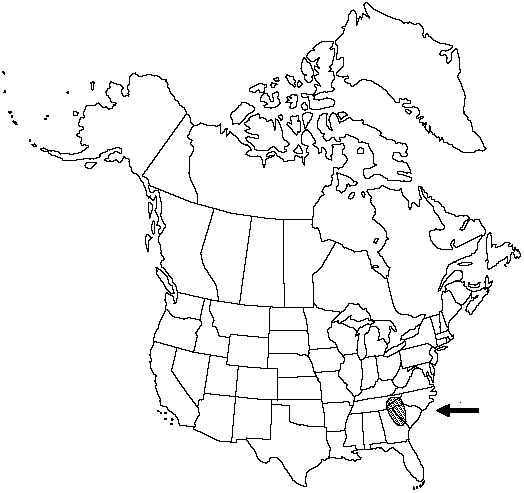Difference between revisions of "Selaginella tortipila"
Ann. Sci. Nat., Bot., sér. 5, 3: 271. 1865.
FNA>Volume Importer |
imported>Volume Importer |
||
| (3 intermediate revisions by 2 users not shown) | |||
| Line 3: | Line 3: | ||
|accepted_authority=A. Braun | |accepted_authority=A. Braun | ||
|publications={{Treatment/Publication | |publications={{Treatment/Publication | ||
| − | |place=3: 271. 1865 | + | |place=Ann. Sci. Nat., Bot., sér. 5, 3: 271. 1865 |
|year=1865 | |year=1865 | ||
}} | }} | ||
|common_names=Kinky-hair spike-moss | |common_names=Kinky-hair spike-moss | ||
| + | |special_status={{Treatment/ID/Special_status | ||
| + | |code=E | ||
| + | |label=Endemic | ||
| + | }} | ||
|basionyms= | |basionyms= | ||
|synonyms= | |synonyms= | ||
| Line 31: | Line 35: | ||
-->{{#Taxon: | -->{{#Taxon: | ||
name=Selaginella tortipila | name=Selaginella tortipila | ||
| − | |||
|authority=A. Braun | |authority=A. Braun | ||
|rank=species | |rank=species | ||
| Line 44: | Line 47: | ||
|publication title= | |publication title= | ||
|publication year=1865 | |publication year=1865 | ||
| − | |special status= | + | |special status=Endemic |
| − | |source xml=https:// | + | |source xml=https://bitbucket.org/aafc-mbb/fna-data-curation/src/2e0870ddd59836b60bcf96646a41e87ea5a5943a/coarse_grained_fna_xml/V2/V2_203.xml |
|genus=Selaginella | |genus=Selaginella | ||
|subgenus=Selaginella subg. Tetragonostachys | |subgenus=Selaginella subg. Tetragonostachys | ||
Latest revision as of 20:21, 5 November 2020
Plants on rock or terrestrial, forming compact clumps or mounds. Stems radially symmetric, underground (rhizomatous) and aerial, not readily fragmenting, irregularly forked; rhizomatous and aerial stems often with 1 branch arrested, budlike, tips straight; aerial stems erect or ascending to decumbent, budlike branches throughout. Rhizophores borne on upperside of stems, restricted to rhizomatous stems or to lowermost base of aerial stems, 0.2–0.3 mm diam. Leaves dimorphic, in alternate pseudowhorls of 5. Rhizomatous stem leaves strongly appressed, overlapping, scalelike. Aerial stem leaves tightly appressed, ascending, green, narrowly lanceolate to linear-lanceolate, (2.5–)3–4.5 × 0.4–0.7 mm; abaxial ridges inconspicuous or more visible from apex to middle of leaf; base cuneate, decurrent, glabrous; margins short-ciliate to denticulate or entire, cilia transparent, spreading, 0.02–0.06(–0.08) mm; apex keeled (more so in dry leaves); bristle transparent or yellowish to brownish near base, puberulent, twisted, persistent or falling off early, 1.2–1.7 mm (1/3–1/2 length of leaves). Strobili solitary, 4–6 mm; sporophylls ovate-lanceolate to lanceolate, abaxial ridges obvious, base glabrous, margins denticulate, apex keeled, long-bristled, bristle twisted.
Habitat: soil, less often in shaded sites
Elevation: 600–1500 m
Distribution

Ga., N.C., S.C., Tenn.
Discussion
Selaginella tortipila, a very distinct species, is probably without close relatives in the flora but may be distantly related to S. rupestris. The two irregularly forked branches are particularly unusual: the larger one forms the strobilus while the smaller becomes arrested and forms either a budlike branch or grows and divides again to form a vegetative shoot.
Selected References
None.